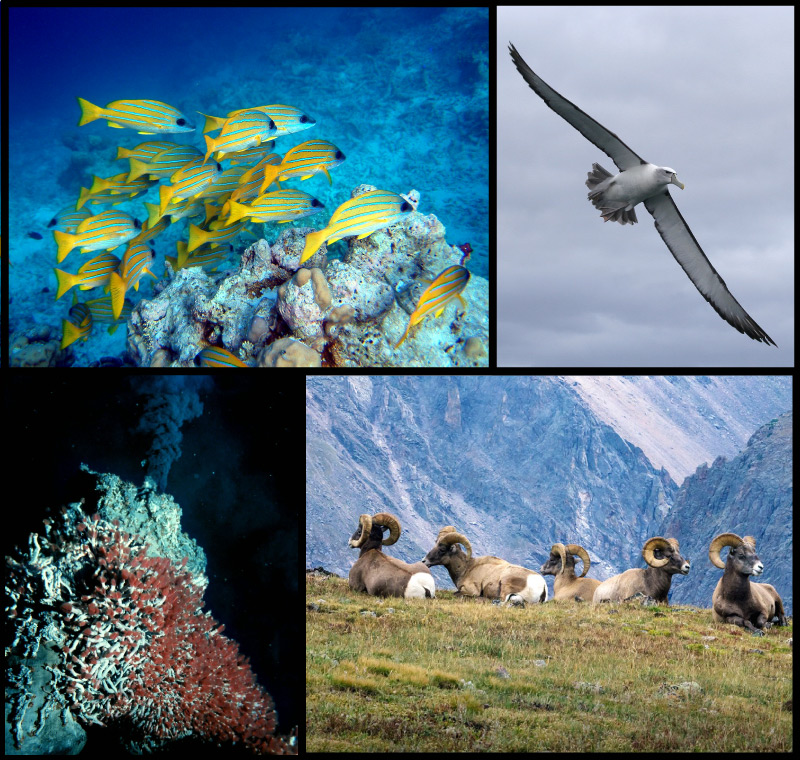
A s we discussed back in Chapter 1, Earth is a particularly special planet because it is the only planet we know of that has abundant and diverse life. Using the language you are now familiar with, it is the only planet known to have an extensive biosphere.
Why does Earth differ from the other worlds of our solar system in this way? Our primary goal in this section is to answer this question. We’ll do this by first investigating how our planet compares in general to other worlds of our solar system, and then by considering the possibility of life on other worlds.
Section Learning Goals
By the end of this section, you should be able to answer the following questions:
- How does Earth compare to other worlds of our solar system?
- Could there be life on other worlds?
Before you continue, take a few minutes to discuss the above Learning Goal questions in small groups or as a class. For example, you might discuss what (if anything) you already know about the answers to these questions; what you think you’ll need to learn in order to be able to answer the questions; and whether there are any aspects of the questions, or other related questions, that you are particularly interested in.
Activity
What Makes Earth Different?
Work in small groups of 3 to 5 students. Each group should spend about 5 minutes making a written list of at least 3 ways in which Earth differs from other worlds in our solar system that might help explain why Earth is the only one with a biosphere. Then your teacher will help you combine all your lists together into a class list of unique features of Earth. After you have the class list, spend a few minutes discussing the importance of each feature to our own survival.
The goal of this activity is to come up with a class list of unique features of Earth that might explain why Earth is the only world in our solar system with abundant and diverse life. There are many possible answers, and much will depend on how much students already know about other planets. Some examples, with notes that might be worth discussing with your students as you compile the class list:
- Earth is the only planet with abundant oxygen in its atmosphere. Note: This is true, but as we’ll discuss in this section, although oxygen is a requirement for us (and other animals), it is not a general requirement for life, since there are many anerobic (meaning they don’t need oxygen) microbes on Earth.
- Earth has a “just right” distance from the Sun. Note: Generally true, at least in terms of surface life, though there is some scientific debate over whether Mars might also be “close enough” to the Sun for life but lacks surface liquid water and life today because of its relatively small size. We’ll discuss this idea of a “habitable zone” later in this section.
- Earth is the only planet with surface oceans of liquid water. Note: True, though there probably are subsurface oceans on a few worlds, including Jupiter’s moon Europa, Saturn’s moon Enceladus, and possibly on Saturn’s moon Titan. Moreover, Titan has surface lakes or seas of liquid methane and ethane, though its surface is far too cold for liquid water.
- Earth is the largest rocky world in our solar system. Note: True, and Earth’s size and gravity are certainly important to life.
Also note that, in some cases, students may put things on their lists that aren’t truly unique to Earth – but that’s OK, since you can correct misunderstandings as we go along in this section.